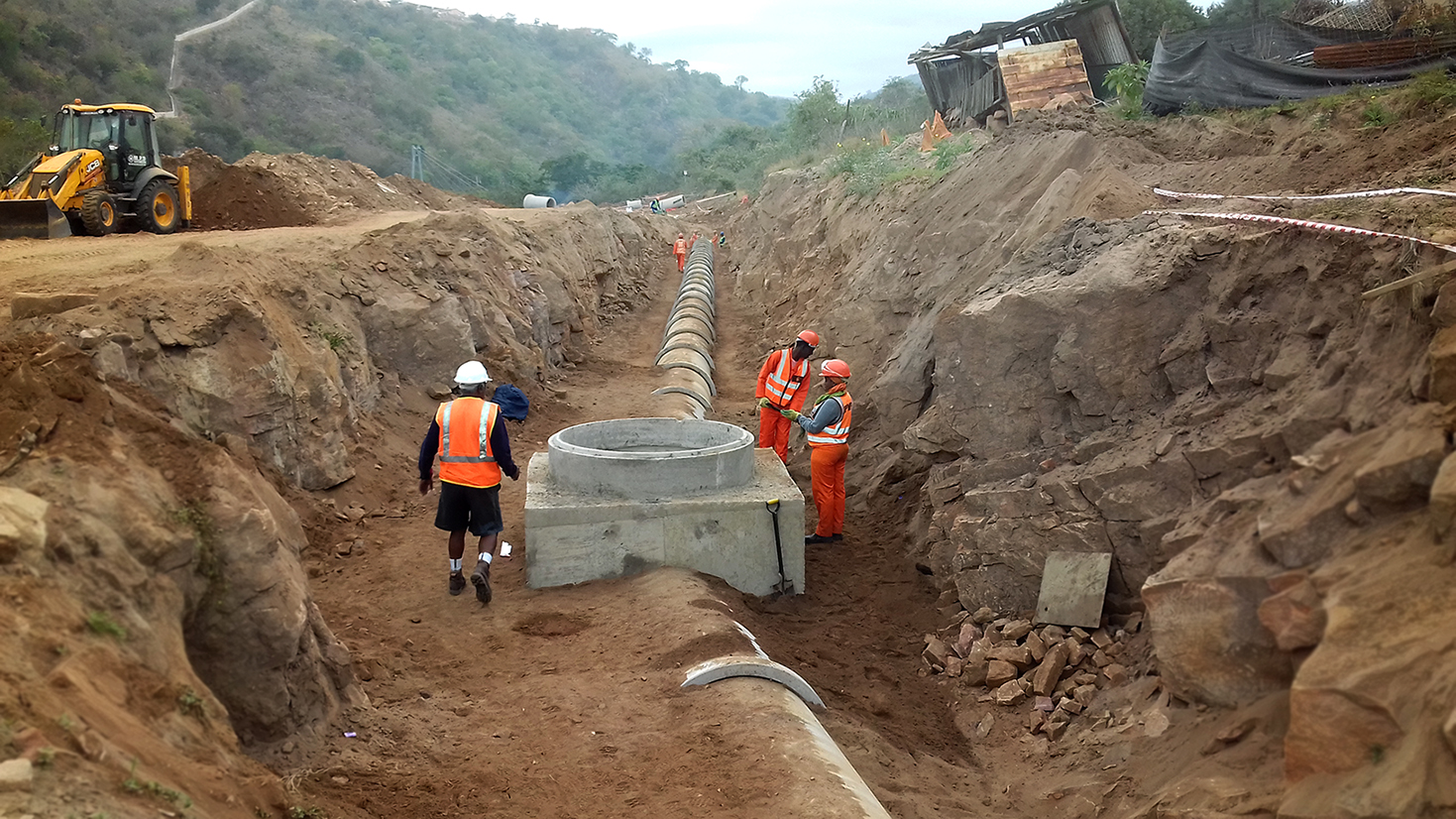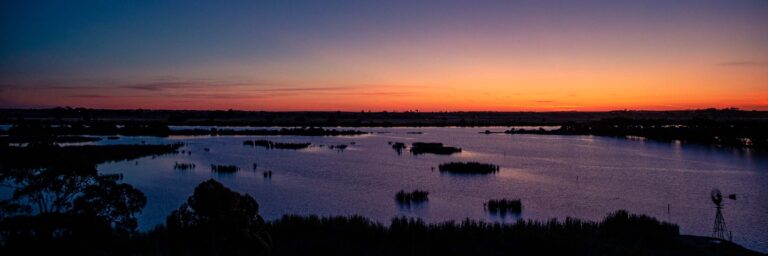The pilot project, which was initially carried out on a small scale to assess its acceptance by the communities, was a great success. The approach provedto rapidlyandeffectively addresswater and sanitation services to the informal settlements concerned.Phase 2 of the program on a larger scale was launched in 2012, followed by Phase 3, the Programme for the Provision of Water and Sanitation to Informal Settlements and Schools, which commenced in August 2015.
The Phase 3 Programme deliverables included the construction of male and female ablution facilities; water and sewer bulk infrastructure, including reticulation mains, pump stations, rising mains, on-site treatment works; and ancillary infrastructure that is aligned to future municipal development.
“The project team was committed to and has been successful in achieving Contract Participation Goals, supporting social development and increasing economic wealth.”
– Jashmer Rajcoomar, Function Manager, Management Services & SAN3 Programme Director
SMEC South Africa’s Management Services team was appointed by the eThekwini Water and Sanitation Department for the Phase 3 programme management, and overall governance and control, over a four-year period.
The overall programme budget exceeded R1.5-billion, and to date, has delivered over 400 new and a further 825 refurbished ablution facilities. Nearly 52 km of sewer pipes and over 38 km of water pipes ranging from 22 mm to 315 mm have been laid. Significant bulk sanitation infrastructure projects have been implemented, including 4.2 km of 900 mm concrete pipe, together with three concrete pipe bridges spanning between 150 m – 200 m.
SMEC South Africa also implemented three onsite treatment plants ranging from 5 ML to 10 ML, as well as the construction of a 90 L/S bulk pump station. The location of the ablutions, and particularly the associated infrastructure network and bulk services, are designed to prevent fruitless expenditure when future formal developments take place. The design is based on established guidelines for human settlement planning and design (compiled by the Council for Scientific and Industrial Research (CSIR) and Human Settlements Department, Housing, Water & Sanitation), together with customised project processes and procedures, formulated by SMEC South Africa specifically for the programme. Upon completion, the project had provided accessible and appropriate ablution facilities per 50 – 75 dwellings (approx.) and within a 200 m walking radius.




The programme itself has also proved to be resilient when faced with challenging demographics, social elements, environmental considerations, difficult terrain, adverse geotechnical conditions and densely populated settlements. Our teams efficiently managed these ever-evolving factors through the continual development of project processes, techniques and tools. For example, the existing project management methods and tools did not allow for proper management of the Programme due to the changing dynamics of sites and entities involved. SMEC South Africa therefore created tools such as Noodles (NDLS), S12 and the As-Built to GIS Converter to assist the project team. Our S12 financial tool allowed for the processing of over a hundred payment certificates every month with minimal delays at month end. SMEC South Africa further developed NDLS, which integrated its S12 financial tool with design and construction data to allow for live dynamic monitoring, tracking and reporting.
With specialist management and guidance, the project team successfully achieved Contract Participation Goals, supported social development and increased economic wealth. This was evident through the support of local businesses; the inclusion of labour-intensive construction methods; employment of local labour, and recruitment of community members to supervise the facilities once completed. Overall, the project has enhanced quality of life for the community, restoring dignity and a sense of ownership created through the provision of ablution facilities.
The programme has also been successful in implementing similar services in numerous schools, hostels and housing projects scattered within the metropolitan.













